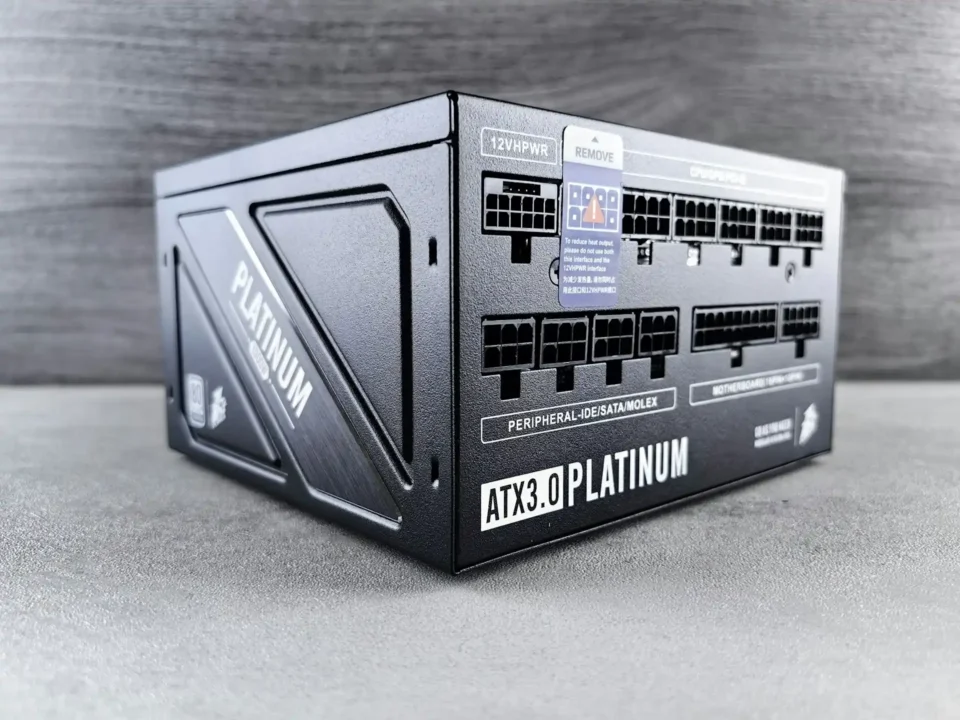Top 10 Common Cyber Threats in 2024 and How to Avoid Them

Understanding Firewalls: Your Ultimate Guide
July 17, 2024
What Upgrades Your Old Computer Needs to Be Decent in 2024
September 26, 2024In 2024, the digital landscape is more dynamic and interconnected than ever before, making cybersecurity a top priority for individuals and businesses alike. The rapid evolution of technology has given rise to new cyber threats that are increasingly sophisticated, posing significant risks to personal data, financial security, and organizational integrity. In this article, we will explore the top 10 most common cyber threats of 2024 and provide actionable tips on how to avoid them.
- Ransomware Attacks
What is Ransomware? Ransomware is a type of malicious software designed to block access to a computer system or data until a ransom is paid. In 2024, ransomware attacks have become more targeted and advanced, with cybercriminals focusing on high-value targets such as corporations, healthcare institutions, and government agencies.
How to Avoid Ransomware:
- Regular Backups: Regularly back up your data on external drives or cloud storage solutions. This ensures that even if you’re targeted, you won’t lose critical information.
- Updated Software: Keep your operating system and software up to date to protect against vulnerabilities.
- Email Vigilance: Be cautious of unsolicited emails and avoid clicking on unknown attachments or links.
- Phishing Scams
What is Phishing? Phishing involves cybercriminals pretending to be legitimate entities to trick individuals into providing sensitive information such as passwords, credit card numbers, or social security numbers. In 2024, phishing techniques have become more convincing, often replicating legitimate websites and emails almost perfectly.
How to Avoid Phishing:
- Check URLs: Always double-check the URL of any website before entering personal information. Look for “https” in the address bar.
- Educate Yourself and Employees: Regularly train yourself and your employees on how to recognize phishing attempts.
- Use Anti-Phishing Tools: Utilize browser extensions and email filters that help detect phishing attempts.
- IoT Device Vulnerabilities
What is IoT Vulnerability? The Internet of Things (IoT) refers to the network of connected devices like smart home systems, wearables, and industrial sensors. While IoT devices offer convenience, they also create new avenues for cyber threats due to weak security protocols.
How to Avoid IoT Vulnerabilities:
- Secure Networks: Use strong, unique passwords for your Wi-Fi network and IoT devices.
- Firmware Updates: Regularly update the firmware of your IoT devices to ensure they have the latest security patches.
- Disable Unnecessary Features: Turn off features you don’t need, such as remote access or sharing, to reduce your exposure to attacks.
- Social Engineering Attacks
What is Social Engineering? Social engineering involves manipulating individuals into divulging confidential information. Cybercriminals exploit human psychology rather than relying solely on technical hacking methods.
How to Avoid Social Engineering:
- Awareness Training: Regularly train yourself and your staff to recognize and respond to social engineering tactics.
- Verification Processes: Always verify the identity of individuals requesting sensitive information, especially through unofficial channels.
- Limit Information Sharing: Be mindful of the information you share on social media and public forums.
- Advanced Persistent Threats (APTs)
What are APTs? Advanced Persistent Threats are prolonged and targeted cyberattacks where a hacker gains access to a network and remains undetected for an extended period. These threats are often orchestrated by organized groups or state-sponsored entities.
How to Avoid APTs:
- Network Monitoring: Employ continuous network monitoring tools to detect unusual activities.
- Zero Trust Architecture: Implement a Zero Trust security model where no user or system is trusted by default.
- Regular Security Audits: Conduct regular security audits to identify and fix vulnerabilities in your system.
- Cryptojacking
What is Cryptojacking? Cryptojacking occurs when cybercriminals secretly use your computing power to mine cryptocurrencies without your consent. This not only slows down your devices but can also lead to significant energy costs.
How to Avoid Cryptojacking:
- Browser Extensions: Install browser extensions that block cryptojacking scripts.
- Regular Scans: Use antivirus software to perform regular scans and detect unauthorized mining activities.
- Limit Script Execution: Disable JavaScript on untrusted websites or use script-blocking browser extensions.
- Man-in-the-Middle (MitM) Attacks
What is a MitM Attack? In a MitM attack, the attacker intercepts communication between two parties, often without their knowledge. This allows the hacker to steal sensitive information, such as login credentials or financial details.
How to Avoid MitM Attacks:
- Use VPNs: When using public Wi-Fi, always connect through a Virtual Private Network (VPN) to encrypt your internet traffic.
- HTTPS Protocol: Ensure the websites you visit use HTTPS, which secures the communication between your browser and the server.
- Secure Networks: Avoid using unsecured public Wi-Fi networks for sensitive transactions.
- Zero-Day Exploits
What is a Zero-Day Exploit? Zero-day exploits refer to attacks that occur on the same day a software vulnerability is discovered, leaving developers with zero days to fix the issue before it is exploited.
How to Avoid Zero-Day Exploits:
- Automatic Updates: Enable automatic updates for your operating systems and software to receive the latest patches.
- Threat Intelligence: Stay informed about new vulnerabilities and threats through cybersecurity news and bulletins.
- Layered Security: Employ a multi-layered security approach, including firewalls, intrusion detection systems, and antivirus software.
- Insider Threats
What is an Insider Threat? Insider threats involve employees or contractors who intentionally or unintentionally cause harm to an organization by leaking sensitive information or sabotaging systems.
How to Avoid Insider Threats:
- Access Control: Implement strict access control measures, ensuring that employees only have access to the information necessary for their roles.
- Monitoring: Monitor user activities for unusual behavior, such as large data transfers or access to restricted areas.
- Employee Training: Educate employees on the importance of cybersecurity and the potential consequences of insider threats.
- Supply Chain Attacks
What is a Supply Chain Attack? Supply chain attacks target the less secure elements in a company’s supply chain to gain access to the main target. This can involve compromising software updates, third-party vendors, or service providers.
How to Avoid Supply Chain Attacks:
- Vendor Security: Thoroughly vet third-party vendors for their security practices and ensure they comply with industry standards.
- Secure Software Updates: Only use software from trusted sources and verify the integrity of updates before installation.
- Contractual Security Clauses: Include cybersecurity requirements in contracts with suppliers and service providers.
Conclusion
As we navigate the digital landscape of 2024, it is essential to stay informed about the latest cyber threats and implement robust security measures. By understanding these common threats and taking proactive steps to mitigate them, you can protect your personal data, secure your business operations, and ensure a safer online experience. Remember, cybersecurity is not a one-time effort but an ongoing process that requires vigilance, education, and the right tools.




